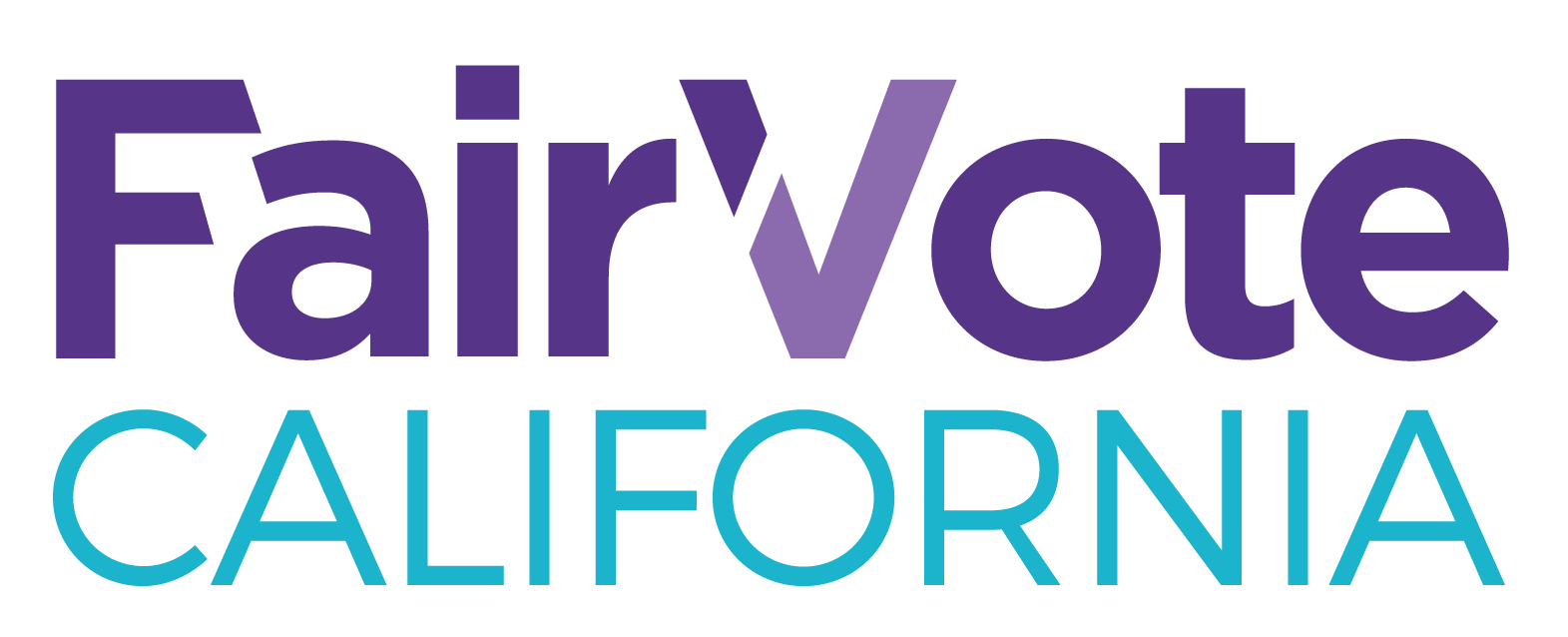Early Bay Area Ranked Choice Voting Election Results
Since implementation of ranked choice voting (RCV) in the Bay Area, voters are exercising their voice and greater choice in the local elections. When candidates utilize a RCV strategy, they are engaging a larger base of voters by contacting every voter to ask not only for their first choice, but their second or third choice. There were 12 Bay Area races where there were more than two candidates on the ballot. In general, lead candidates in these races avoided a runoff election with RCV in play. The results are still coming in as mail in ballots and provisional ballots are being counted, but here is our initial analysis of key races with RCV.
Read moreExplaining San Francisco's Ranked Choice Voting
This piece was originally published by Mission Local.
In March 2002, San Francisco voters passed ranked choice voting as an amendment to the City Charter, and it has been used in every city election since 2004. San Francisco is one of four Bay Area cities that will use ranked choice voting to elect its officials this November 8. This means San Francisco voters will have the freedom to rank their favorite candidates in order of preference and elect their District Supervisors in one efficient trip to the polls when turnout is at its peak.
Read moreWhy Ranked Choice Voting Matters in Oakland
The following piece was originally published in Oakland Magazine.
Oakland started to use ranked choice voting in 2010, four years after city voters approved the voting system by a two-to-one margin. Now, Oakland is one of four Bay Area cities that will use ranked choice voting to elect its officials this November 8. This means Oakland voters will have the freedom to rank their favorite candidates in order of preference and elect their school board and councilmembers in one efficient trip to the polls.
Read moreFairVote California Provides Voter and Candidate Education for Ranked Choice Voting
Newly formed group to work with community organizers and advocates on electoral reform education and advocacy.
FOR IMMEDIATE RELEASE:
November 2, 2016
FOR INFORMATION, CONTACT:
Communications Director Michelle C. Whittaker (301) 270-4616 or [email protected]
SAN FRANCISCO, CALIFORNIA -- FairVote California (FVCA) has released new voter and candidate information for upcoming ranked choice voting elections. Nearly 900 handouts have been distributed throughout the Bay Area at community events and centers, candidate campaigns, civic engagement groups, health clinics, and churches. The online and printable handouts provide helpful information on how a ranked ballot works and campaign strategies for candidates. The voter handouts are an educational tool available in English, Spanish, and Chinese.
Read moreSome Insights into Ranked Choice Voting in Berkeley
The following piece was originally published in Berkeleyside.
I recently read your coverage of Berkeley candidates for the Nov. 8 election. One city council candidate encouraged voters to only vote for her and not rank other candidates — this is a political tactic called “bullet voting” — and suggested ranked choice voting has “unintended consequences.”
Read moreYour Vote Matters in Berkeley's Election
The following piece was originally published in The Berkeley Daily Planet.
Berkeley is one of four Bay Area cities that will use ranked choice voting to elect its officials this November 8. This means Berkeley voters will have the freedom to rank their favorite candidates in order of preference and elect a new mayor and council in one efficient trip to the polls.
The way ranked choice voting works is as easy as 1-2-3: Voters rank the candidates using the three columns on the ballot to indicate their first choice candidate, second choice candidate, and third choice candidate. In elections with many choices -- like Berkeley’s election for mayor -- it’s wise to use all three of your rankings. Let me explain.
Disappointed, But Still Optimistic
In 2010, I sat in Oakland City Hall listening to the debate about whether ranked choice voting (RCV) should be implemented for that election year, despite the fact that in 2006, voters had overwhelmingly supported ranked choice voting to be adopted by a margin of 69% to 31%. Oakland voters knew that consolidating a June primary to a general election was more just and fair because turnout is highest and more diverse in November.
This conversation was only made possible because Oakland is a charter city and voters were able to make this decision. The type of election system a community uses has a direct impact on the type of representation people get. Unfortunately, under current state law, general law cities and many kinds of districts must use a single-round “plurality” voting method, also known as “winner-take-all” or “first-past-the-post.” Whatever it is called, plurality voting can have terrible results because of vote splitting and the spoiler effect. Without a majority requirement, a crowded field of three or more candidates could mean a winner is declared with a third of the vote or less because too many similar candidates can split the vote.
Read moreRanked Choice Voting in Bay Area Cities: Your Vote Will Matter
This piece was originally published in BeyondChron.
While many voters across the country are strategically pondering how to cast their ballot, voters in four Bay Area cities (San Francisco, Berkeley, Oakland, and San Leandro) will use ranked choice voting to elect its officials. They’ll have far more freedom to vote for their favorite candidates and elect leaders who will make important policy decisions with longstanding impacts over affordability, development, homelessness, transportation, and education.
Read more